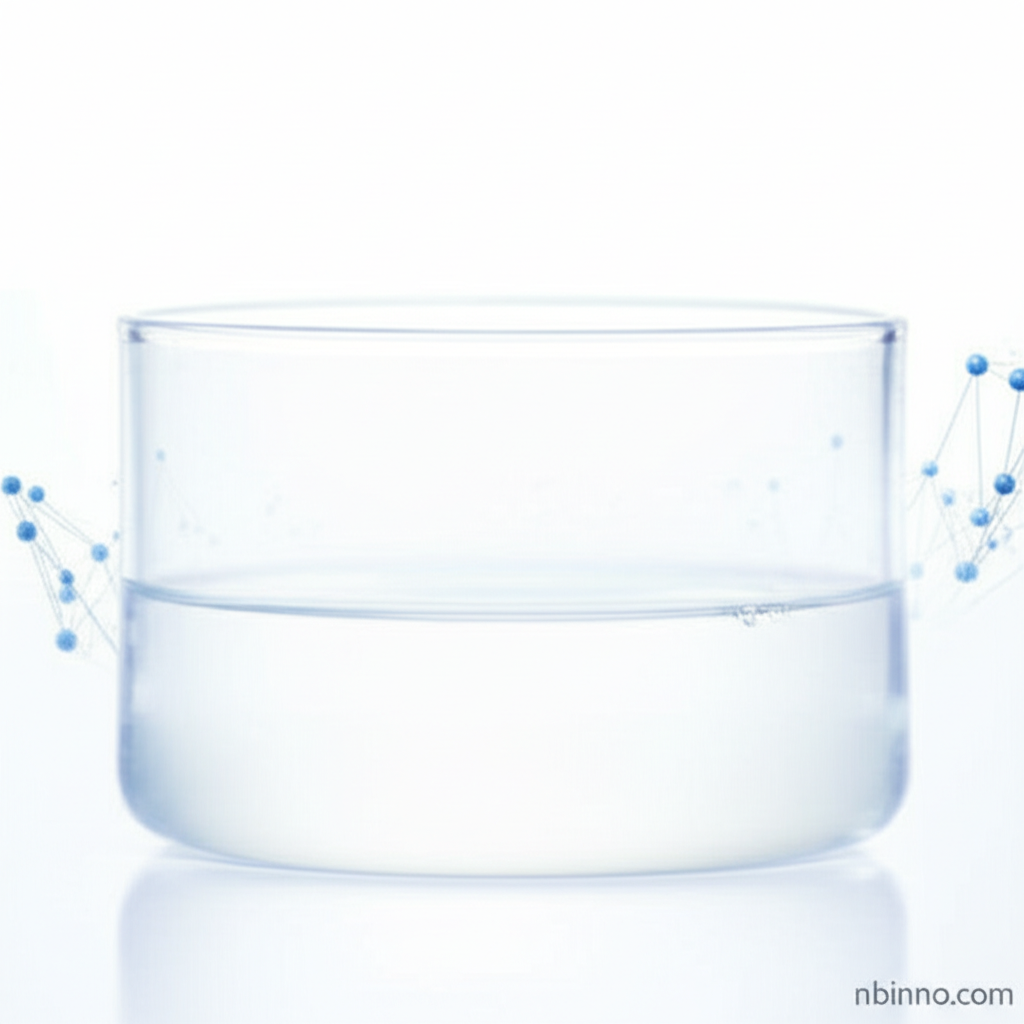Dibutyl Phthalate (DBP): A Comprehensive Guide to Its Properties, Applications, and Safety
Explore the world of Dibutyl Phthalate, a key plasticizer and solvent impacting numerous industries.
Get a Quote & SampleProduct Core Value

Dibutyl Phthalate
Dibutyl Phthalate (DBP) is a crucial organic compound widely recognized for its efficacy as a plasticizer and solvent. It enhances the flexibility and workability of various materials, making it indispensable in numerous manufacturing processes. From improving the pliability of plastics like PVC to serving as a solvent in dyes, inks, and adhesives, DBP's versatility is a cornerstone of its industrial utility.
- Understanding dibutyl phthalate plasticizer properties is key to its effective industrial application, allowing for improved material performance.
- Discover what dibutyl phthalate is used for, ranging from consumer goods to specialized industrial formulations, highlighting its widespread impact.
- Explore dibutyl phthalate applications in industry, showcasing its role in enhancing the durability and flexibility of plastics and rubber products.
- Learn about dibutyl phthalate chemical properties, including its colorless liquid appearance and faint aroma, which are important for handling and formulation.
Key Advantages
Enhanced Material Flexibility
DBP significantly boosts the plasticity and softness of polymers, a critical factor in applications like flexible PVC, making it easier to process and use in diverse products.
Versatile Solvent Properties
As a potent solvent, DBP aids in dissolving dyes, fragrances, and other components, ensuring smooth formulations in industries such as paints, inks, and cosmetics.
Broad Industrial Compatibility
Its compatibility with a wide range of materials and its effectiveness across various applications, including adhesives and lacquers, underscore its value in chemical supply chains.
Key Applications
Plastics and Polymers
As a primary plasticizer, DBP is essential for making PVC and other polymers more pliable, impacting everything from flooring to car interiors, supporting its role in understanding dibutyl phthalate applications in industry.
Paints, Inks, and Coatings
DBP acts as a solvent and film-forming agent, improving the application and performance of paints, lacquers, printing inks, and paper coatings, a key aspect of what dibutyl phthalate is used for.
Adhesives and Sealants
It contributes to the flexibility and adhesion properties of various adhesives and sealants, ensuring reliable bonding in construction and manufacturing.
Cosmetics and Personal Care
While its use is restricted in some regions, DBP has historically been used in nail polishes and as a fragrance component, highlighting the need to consider dibutyl phthalate safety concerns.
